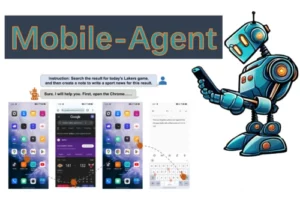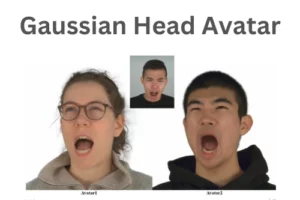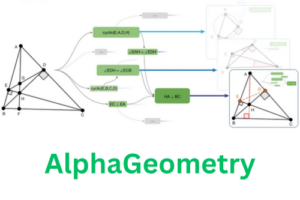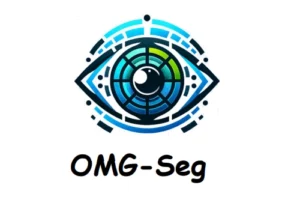Meet OMG-Seg: From images to videos, semantic to instances. It is not just a model but a unified segmentation tool. Researchers from S-Lab, Nanyang Technological University and Shanghai Artificial Intelligence Laboratory presented this model. The model takes images and videos as an input and generate segmented output.

Almost all the models of deep learning for image segmentation focuses on only a single task so there was a great need to create a versatile model that can handle diverse range of segmentation tasks. To handle wide range of data there was a great desire to create a single and powerful model that can handle various segmentation tasks.
OMG-Seg abbreviated as “One Model that is Good enough” has the capability to solve different segmentation tasks. Segmentation involves dividing an image into meaningful parts that is identifying objects or regions. This model is able to do segmentation tasks efficiently and effectively.
The model can handle the tasks like image semantic segmentation task (identifying objects in images), instance segmentation (distinguishing individual instances of objects) and panoptic segmentation (combining semantic and instance segmentation).
OMG-Seg is extremely versatile as it is not only limited to image segmentation but can handle vocabulary by labelling wide range of objects, prompt-driven segmentation that is responding to user commands, interactive segmentation and video object segmentation can be done while maintaining satisfactory performance.
The research is available on Arxiv, code and models are available at GitHub whereas, the researchers also provided the model’s demo at HuggingFace.
After providing the model with the image input given below;

The model is capable of generating two types of segmentation that is Panoptic Segmentation and Instance Segmentation. Below are the results generated by the model.


The above image is an example of Instance Segmentation, in which the image is segmented in different color and is able to generate the labels.
Technicalities of OMG-Seg
The OMG-Seg model is designed on a transformer-based encoder-decoder architecture. These transformers are a type of neural network architecture that has shown remarkable progress in many computer vision tasks and natural language processing.
Despite handling a wide range of tasks, OMG-Seg manages to reduce the computational and parameter requirements. This means it can perform well across different tasks while being computationally efficient.
The researchers has extensively tested OMG-Seg and they examined how different segmentation tasks influence each other when the model is trained on multiple tasks simultaneously. This helps ensure the model’s performance is robust across numerous scenarios.
After running the demo, it is noted that the demo of the model is unable to take videos as an input to generate segmented output as researchers have claimed that the model is capable of segmenting videos too like UniRef++.
Wrap Up!
It is concluded that OMG-Seg is a versatile model designed to handle multiple segmentation tasks, including images and videos, in a unified way. It uses a transformer-based architecture, task-specific queries and outputs, and achieves efficient performance across a diverse range of tasks and datasets.
References
Similar Posts
-
Chinese Company DeepSeek Releases DeepSeek-Coder a LLM for Code Generation

-
Alibaba’s Mobile-Agent: A Smart Mobile Assistant

-
Grounded SAM: A Unified Model for Diverse Visual Tasks

-
Gaussian Head Avatar: High Quality Head Avatar Generator

-
Google DeepMind’s AlphaGeometry: Without Assistance Solving Olympiad Geometry Problems

-
OMG-Seg: A Unified Segmentation Model

